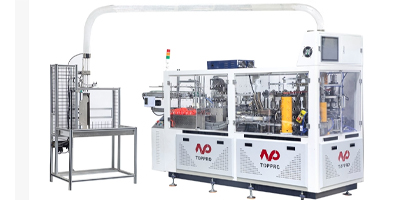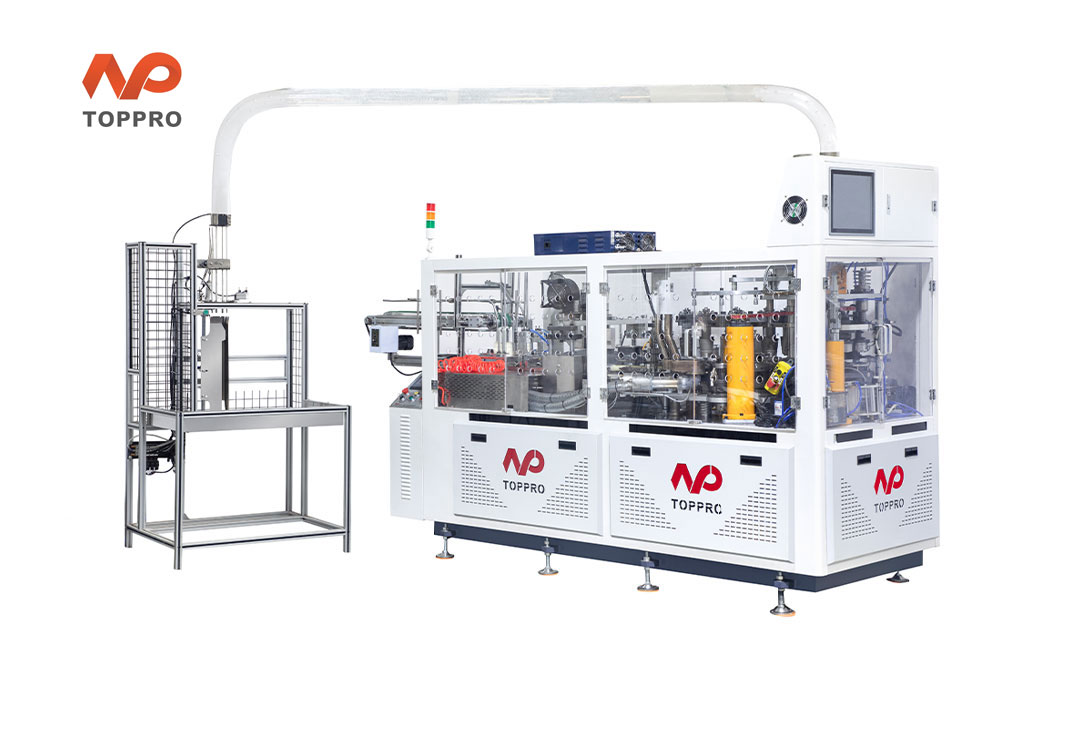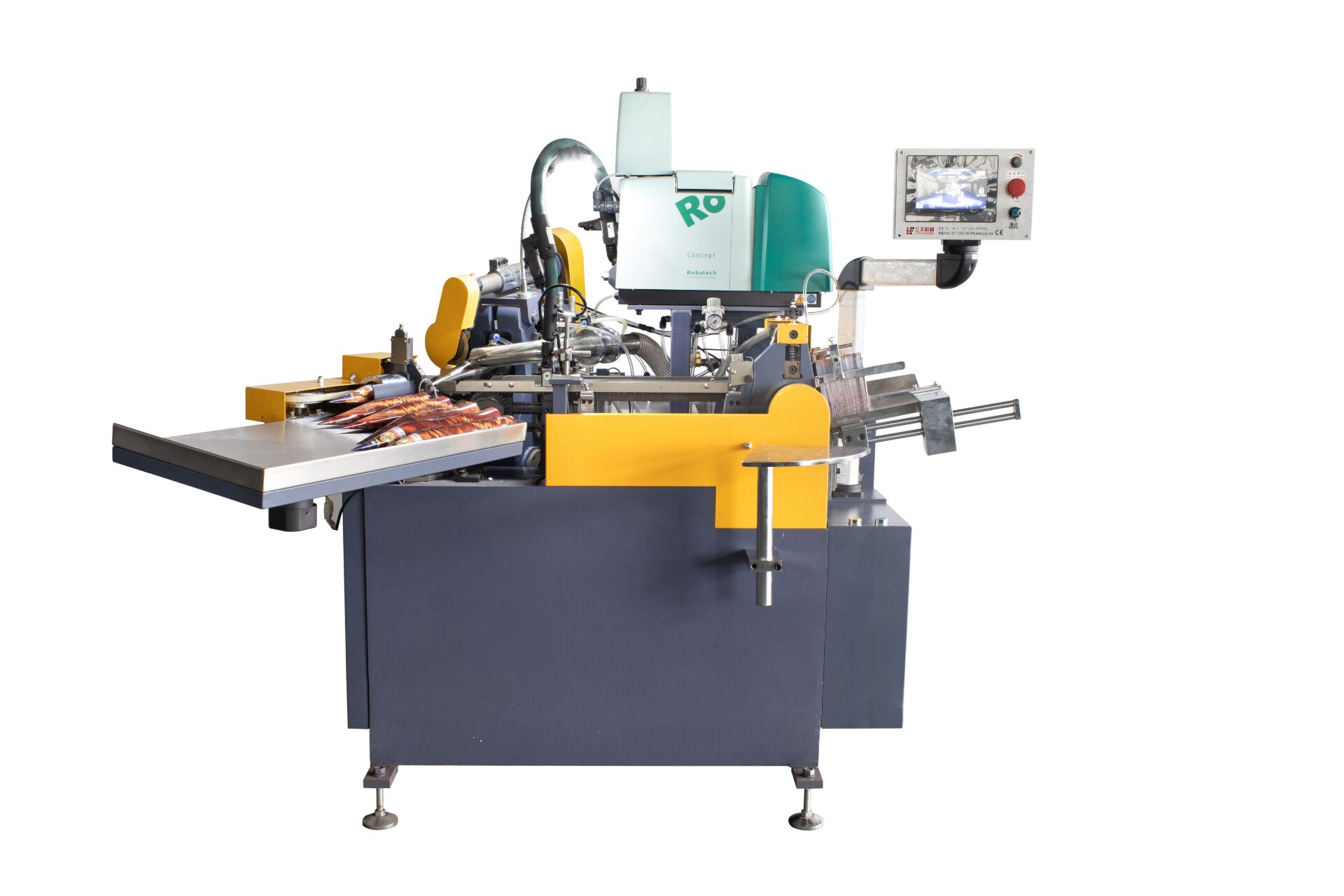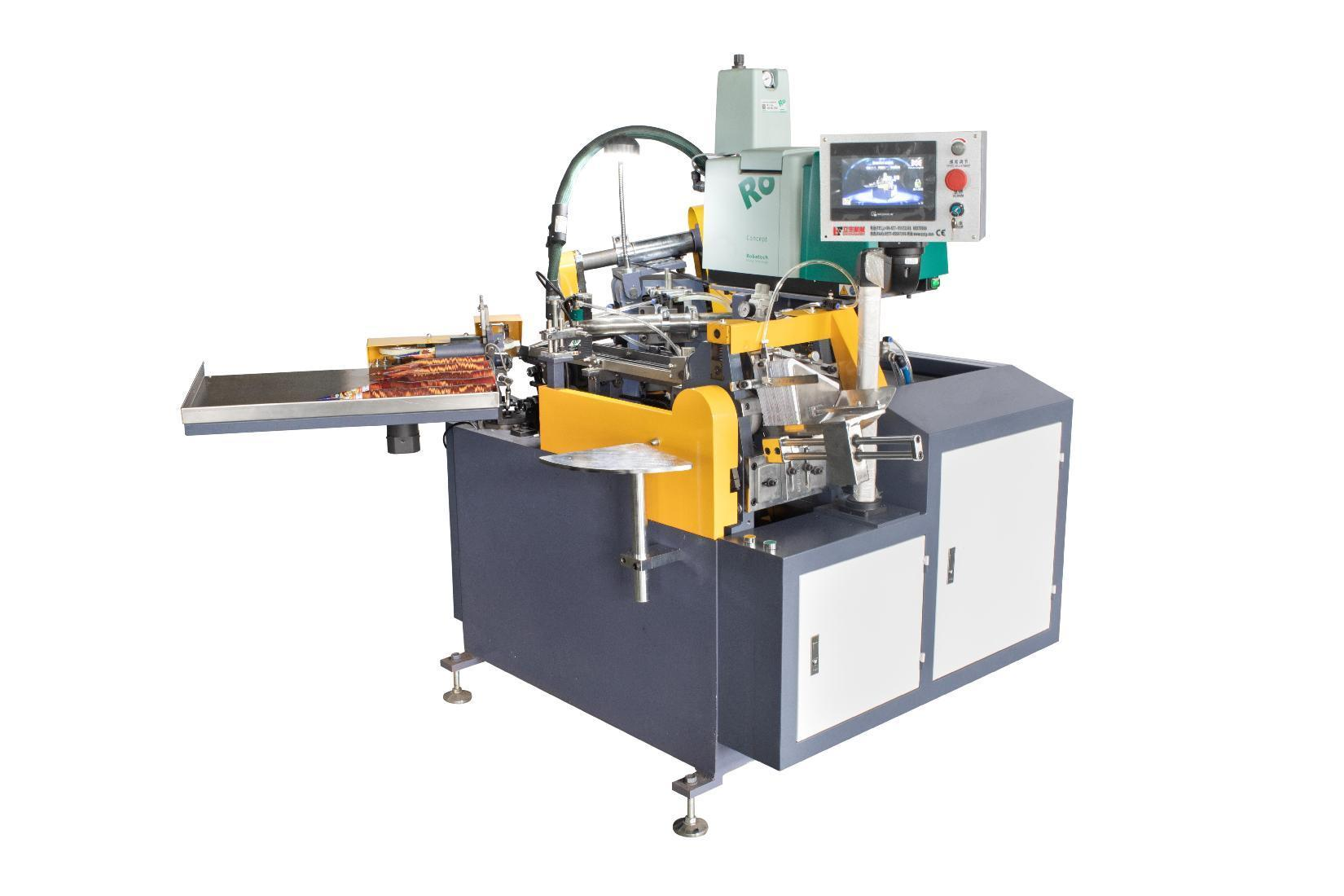32 oz to Cups: Practical Guide for Paper Cup Buyers and Manufacturers
For paper cup buyers and manufacturers, the conversion between 32 ounces and cups is an indispensable knowledge in daily operations.
Accurately grasping this conversion relationship can help buyers precisely purchase paper cups that meet their own needs, avoiding waste or inconvenience caused by inappropriate sizes.
Manufacturers, on the other hand, can better design and produce 32-ounce paper cups that meet market demands based on this conversion, ensuring that the product's capacity meets customers' expectations.
Why Is "32 oz to Cups" Important?
The reason why "32 oz to Cups" is important is that accurate measurement of capacity is crucial in numerous scenarios.
In the catering industry, whether it is making beverages or providing takeout services, it is necessary to clarify the capacity of paper cups. As a common large-capacity specification, the conversion between 32 ounces and cups can ensure the consistency of beverage portions and enhance customers' consumption experience.
For food processing enterprises, when using paper cups for raw material containment or product packaging, accurate capacity conversion can ensure the standardization and normalization of the production process.
In addition, in international trade, different countries may use different capacity units, and clarifying the conversion between 32 ounces and cups is conducive to the smooth progress of cross-regional business cooperation.
Ounce to Cup Conversion Chart (US Standard)
Under the US standard, the conversion relationship between fluid ounces and cups is as follows:
| Fluid Ounces (oz) | US Cups |
| 4 oz | 0.5 cups |
| 8 oz | 1 cups |
| 12 oz | 1.5 cups |
| 16 oz | 2 cups |
| 24 oz | 3 cups |
| 32 oz | 4 cups |
Common Paper Cup Sizes and Applications
Common paper cup sizes are diverse, and different sizes have different application scenarios.
4-ounce paper cups: Usually used as tasting cups, suitable for holding a small amount of beverages for people to taste in exhibitions and tasting activities.
8-ounce paper cups: A common small cup specification in coffee shops, suitable for making espresso, small lattes, etc.
12-ounce and 16-ounce paper cups: Widely used in fast-food restaurants and milk tea shops for holding common beverages such as cola, milk tea, and juice.
24-ounce and 32-ounce large-capacity paper cups: Mostly used in cinemas, gas stations, and takeout scenarios to meet people's demand for large portions of beverages, such as extra-large cola and smoothies.
Machines Used for Making 32 oz Cups
1. Flexographic Printing Machines
Flexographic printing machines are important equipment used for printing patterns and texts in the process of making 32-ounce paper cups.
It has the characteristics of fast printing speed, low cost, and wide application range.
It can clearly and efficiently print various exquisite patterns, trademarks, advertising information, etc., on the surface of the paper cup, improving the aesthetics and brand recognition of the paper cup.
2. Die-Cutting Machines
Die-cutting machines are mainly used to cut printed paper into specific shapes and sizes in the production of 32-ounce paper cups.
Through pre-designed molds, die-cutting machines can accurately cut the paper into cup blanks that meet the forming requirements of 32-ounce paper cups.
It prepares for the subsequent paper cup forming process.
3. Paper Cup Machine
The paper cup forming machine is the core equipment for making 32-ounce paper cups.
It transforms the die-cut cup blanks into complete 32-ounce paper cups through a series of processes such as curling, forming, and gluing.
This equipment has a high degree of automation and can realize continuous production, greatly improving the production efficiency of paper cups and ensuring the quality stability of paper cups.
Cost Planning for 32 oz Paper Cups
In cost planning for 32-ounce paper cups, multiple aspects need to be considered.
Raw materials cost: Including the price of paper and the cost of ink, etc. The quality and thickness of the paper will directly affect the cost.
Equipment cost: Requires a certain amount of capital investment to purchase and maintain flexographic printing machines, die-cutting machines, paper cup forming machines, and other equipment.
Labor cost: Manual participation is needed in operating equipment and conducting quality inspection during the production process.
Other costs: Energy costs, transportation costs, packaging costs, etc.
Manufacturers need to carefully calculate these costs and reasonably control expenses to improve the market competitiveness of their products.
At the same time, when purchasing, buyers also need to consider the impact of these cost factors on the price of paper cups and conduct a cost-performance evaluation.
Final Thoughts: Who Needs to Know "32 oz to Cups"?
There is a wide range of people who need to know "32 oz to Cups".
Catering practitioners: Operators and employees of coffee shops, milk tea shops, and fast-food restaurants need to rely on this conversion to accurately provide beverages and purchase paper cups.
Food processing personnel: Production and purchasing personnel in food processing enterprises cannot do without accurate capacity conversion during production and packaging.
Paper cup manufacturers: Need to carry out product design and production according to the conversion relationship.
International trade personnel: When conducting cross-border paper cup transactions, clarifying this conversion can avoid misunderstandings and losses caused by unit differences.
Ordinary consumers: Can better meet their own needs by understanding this conversion when buying large-capacity beverages or using paper cups to make their own drinks.
FAQ
Q1. Does the 8 oz = 1 cup conversion apply to all paper cups?
A: Yes—under the U.S. standard (the most common for paper cups globally), 8 fluid ounces equal 1 U.S. cup. This only applies to fluid ounces (volume for liquids), not dry ounces (weight). All standard paper cups (4 oz to 32 oz) use this conversion for capacity labeling.
Q2. If a paper cup is labeled 32 oz, how many cups of liquid does it actually hold?
A: A 32 oz paper cup holds 4 U.S. cups of liquid (per the U.S. standard: 32 oz ÷ 8 oz/cup = 4 cups). Manufacturers calibrate equipment like the Paper Cup Machine to ensure the cup’s internal volume matches this conversion, so it won’t underfill or overflow with 4 cups of liquid.
Q3. Do I need to adjust Paper Cup Machine settings for different ounce sizes (e.g., 16 oz vs. 32 oz)?
A: Absolutely. The Paper Cup Machine (which shapes cup blanks into finished cups) requires calibration for each target ounce size. For example:
A 16 oz cup (2 cups) needs narrower diameter/shorter height settings than a 32 oz cup (4 cups).
Incorrect settings would result in cups that don’t match their labeled capacity (e.g., a "32 oz" cup that only holds 3 cups).
Q4. Can I use a 32 oz paper cup to measure dry ingredients (e.g., flour) using the 4-cup conversion?
A: No. The oz-to-cup chart in this guide is for fluid ounces (liquid volume), not dry ounces (weight). Dry ingredients (flour, sugar) have varying densities—1 cup of flour weighs ~4.5 dry ounces, so a 32 oz (fluid) cup would not equal 4 cups of dry flour. Use dry measuring cups for solid ingredients.
















